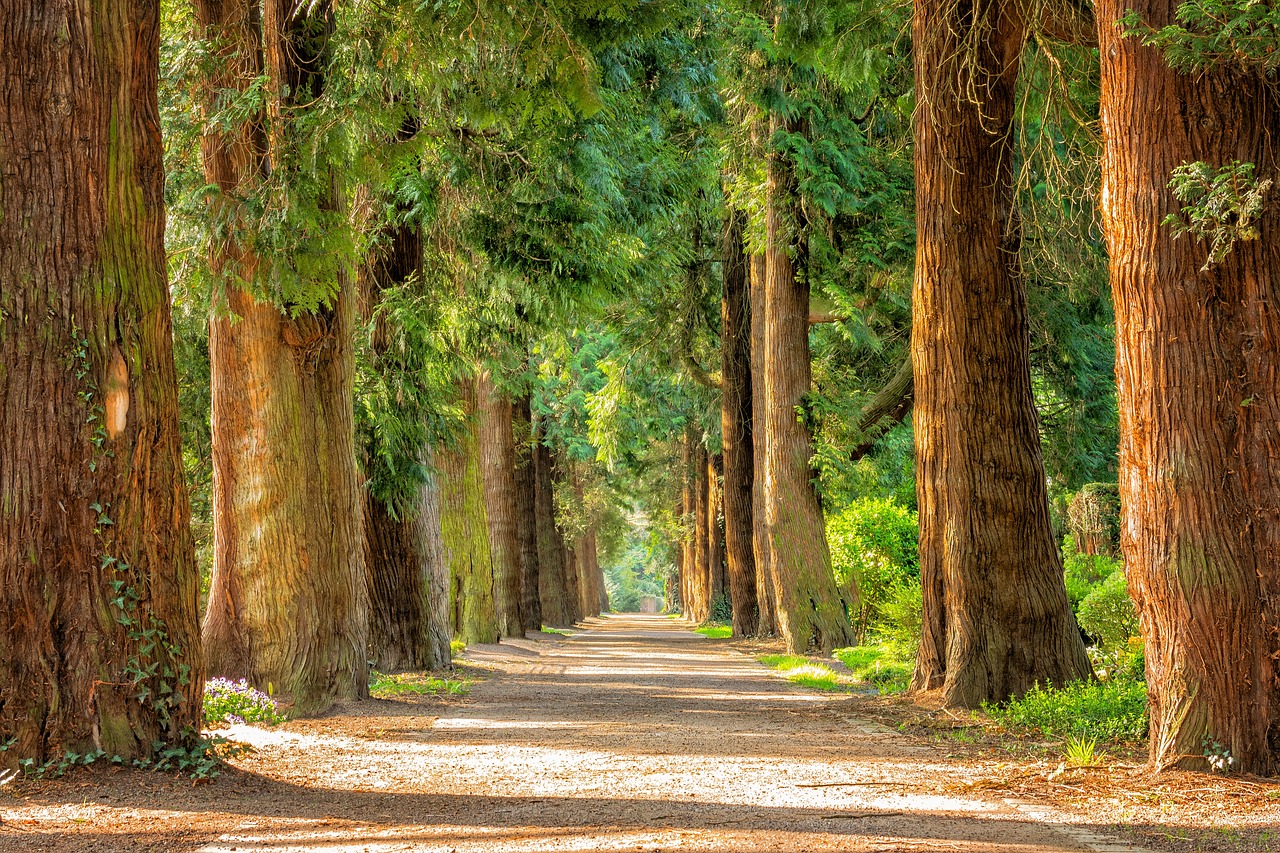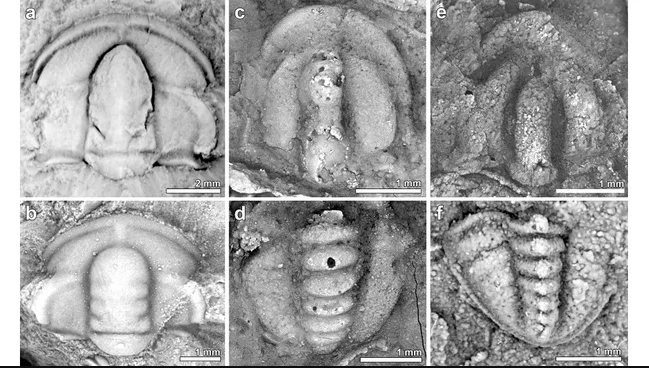Planting trees in inappropriate locations can inadvertently exacerbate global warming, scientists cautioned on Tuesday. However, a newly developed map now pinpoints optimal areas for reforesting, offering a potential solution to mitigate climate change by cooling the planet.
Trees play a crucial role in absorbing carbon dioxide, and efforts to restore degraded woodlands or expand forest cover are essential strategies in combatting climate change. Yet, a recent study published in the journal Nature Communications reveals a paradox: while more trees absorb carbon, they can also reduce the amount of sunlight reflected from the Earth’s surface, leading to increased heat absorption.
Susan Cook-Patton, a co-author of the study, explained to AFP, “There are instances where reintroducing trees may result in a net negative impact on the climate.”
Previously, scientists recognized the impact of tree restoration on albedo—the measure of solar radiation reflected from the Earth—but lacked precise tools to account for it. However, utilizing new maps, researchers can now factor in both the cooling effect of trees and the warming effect of altered albedo.
The study found that initiatives neglecting albedo considerations overestimated the climate benefits of tree planting by 20 to 80 percent. Despite this, Cook-Patton, a senior forest restoration scientist at The Nature Conservancy, sees an opportunity for policymakers to utilize these maps effectively, directing resources to areas where tree planting would have the maximum climate impact.
While acknowledging the importance of tree restoration, Cook-Patton stressed the necessity of strategic planning. She highlighted variations in albedo across different regions, noting that moist tropical environments like the Amazon and Congo Basin are optimal for forest restoration due to their high carbon storage and minimal changes in albedo. Conversely, temperate grasslands and savannas experience greater fluctuations in albedo.
Even in ideal locations, tree planting initiatives may yield 20 percent less cooling than initially estimated when albedo alterations are considered. However, the benefits of forest restoration extend beyond climate mitigation, encompassing ecosystem support, clean air, and water provision.
“We’re not critiquing the broader tree-planting movement,” Cook-Patton emphasized. “Rather, we’re emphasizing the importance of strategic investments to maximize climate benefits per unit of resources.”





